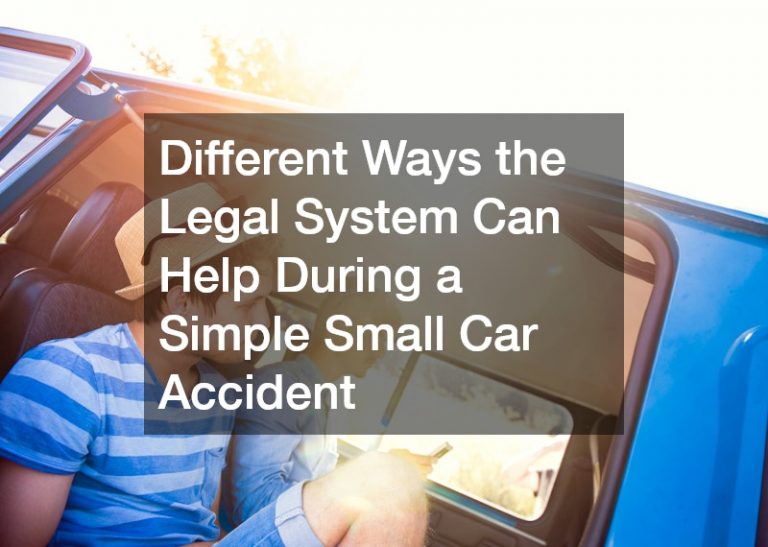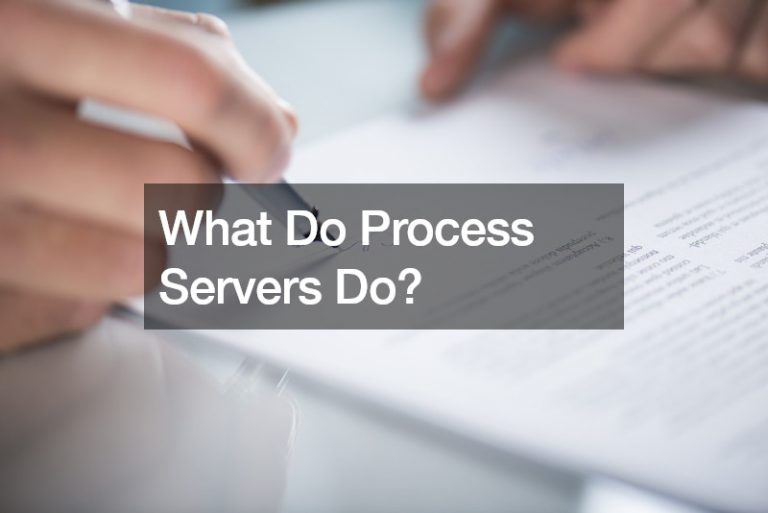What is Family Law? Family law is a specialized area of legal practice that focuses on issues...
Home
Car accidents can be a traumatic experience, both physically and emotionally. In such instances, a car accident...
Car accidents are unexpected events that can lead to physical, emotional, and financial distress. Whether the accident...
Building a home is a complex process that involves a number of different contractors and specialists. Whether...
Estate planning ensures proper management and distribution of your assets upon death or incapacitation, providing peace...
Small car accidents might seem like mere inconveniences at first glance, but they often require the guidance...
Benefits of Independent Law Advice Choosing the right legal representation is a critical decision that can have...
Filing a disability claim can be a complex and daunting process, especially when dealing with the emotional...
Process servers play a crucial role in the legal system by ensuring that individuals involved in court...
Discovering that a medical device you rely on is defective can be alarming and potentially life-threatening. Properly...










